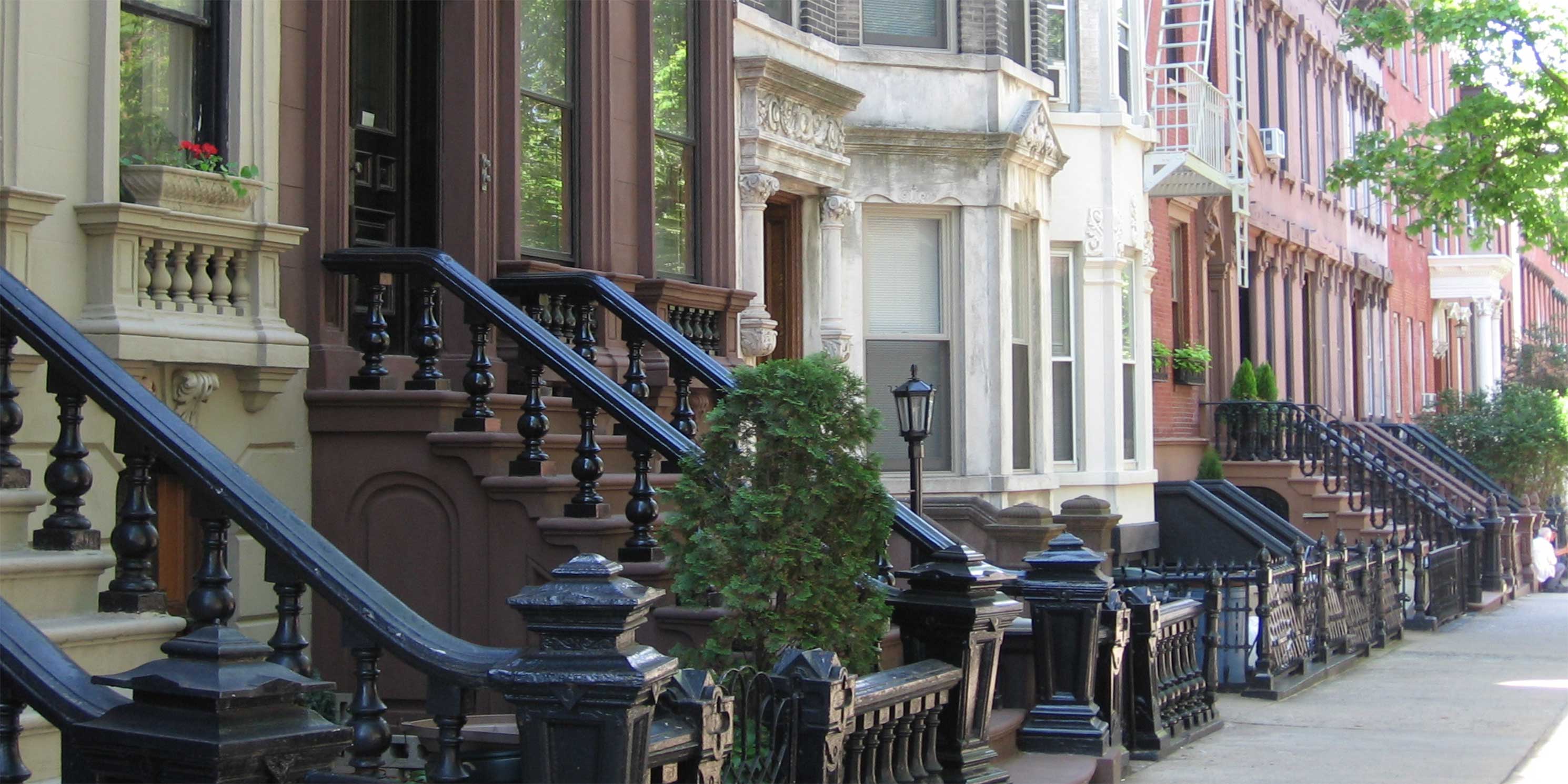Memo Regarding 2017 Proposed Amendments to the SEQRA Regulations
State Environmental Quality Review Act regulations play a significant role in preservation
Re: 2017 Proposed Amendments to the SEQRA Regulations
Dear Mr. Eldred,
The Preservation League of New York State, along with our local and regional colleagues across the state, write in response to the proposed amendments to the State Environmental Quality Review Act (SEQRA) regulations. As organizations that champion the essential role of preservation in community revitalization, sustainable economic growth, and the protection of our historic buildings and landscapes, we know SEQRA serves an important function in requiring state and local governments to consider a project’s impact on historic resources. We also believe that SEQRA plays a significant role in public notification and comment on projects seeking local or state funding or approval.
Download Testimony
Our comments focus on the changes in 6 NYCRR Part 617.4(b)(9), specifically modifications of the Type I list definition relating to historic resources.
The Preservation League has long advocated for SEQRA to define actions including properties eligible for listing on the NYS and National Register of Historic Places as Type I. We applaud the change in Part 617.4(b)(9) that adds NYS and National Register Eligible properties to the Type I list. This change brings SEQRA into alignment with the New York State Historic Preservation Act of 1980 and National Historic Preservation Act of 1966. As noted in DEC’s Draft GElS on the Proposed Amendments (pages 10 and 11 ), OPRHP’ s new Cultural Resources Information System makes it possible for local and state agencies to readily identify historic properties eligible for the National Register (NRE).
The revision within Part 617.4(b)(9) that places a threshold requirement on Unlisted actions occurring within or contiguous to a historic resource gravely concerns us. Currently, if an Unlisted action occurs within or contiguous to a 44 Central Avenue Albany, New York 12206 5J8-462.s6s8 518-462.5684 Fax www.preservenys.o rg National Register-d~signated historic property, the lead agency must consider it as a Type l action. The revised Part 617.4(11 )(9) states that Type l actions relating to properties on or eligible for the State and/or National Register must exceed “25 percent of any threshold established” in that section. If the project does not meet that threshold, it is considered an Unlisted action.
The Draft GElS notes that this change brings historic resource treatment in line with resource-based Type I thresholds placed on agricultural districts and parklands. We contend that historic properties often sec much smaller development proposals compared to agricul !ural or park land, which by their nature arc often larger sites on multiple acres.
For example, in historic villages, downtowns, and neighborhoods we frequently sec proposals for small convenience stores and markets (e.g, St~:warts, Cumberland farms, Dollar General) on lots often containing a building listed in or adjacent to a National Register Historic District. Under the current SEQRA regulations, those projects would be Type I actions and require a full EAF. Under the proposed amendment’s threshold requirements, a typical newly-constructed Stewarts shop of 3,500 square feet falls well below the 25,000 square feet it would need for Type I consideration (25% of/00,000 squarefi:et of gross .floor area in revised Port 617. 4(b)(6}(v) .Jbr u city, /own or village with a population of 150,000 or less).
Page 10 of DEC’s Draft GElS states that because the revised Short EAF required for Unlisted actions now contains specitk questions regarding the presence of historic resources, the proposed revision to add the 25% threshold in Part 617.4(b )(9) “does not change the substantive requirements of a SEQR review.”
Part I Question 12 of the Short EAF, however, does not include State or National Register Eligible resources. The Preservation League believes this question should include sites eligible for listing on the State and/or National Registers. Indeed, DEC’s Short EAF: Response to Public Comm~m (January 25, 2012) notes in response to General Comment 23 that the language in the Shmi EAF is intended to mirror that in Part 617 .4(b )(9). Under this justification for excluding State and/or National Register Eligible resources from the Short EAF, we would like now to see the inclusion of State and/or National Register Eligible resources.
PM 2, Question 8 of the Short EAF asks whether the proposed action would “impair the character or quality of important historic, archeological, architectural or aesthetic resources?” Without an objective del1nition of “important” we have seen many instances where a state or local agency disagrees with preservation professionals and local advocates on project impact and resource importance. We do not believe that this question substitutes for the proposed regulation change to Part 617 .4(b )(9),
We appreciate DEC’s considerable time and effort to streamline the SEQR process without sacrificing meaningful review. We believe that including State and National Register Eligible historic resources in Part 6 I 7.4(b)(9) achieves that goal. We also believe adding the 25% threshold requirement for Type J classification of historic resources will sacrifice meaningful review and lead to loss of historic resources, We ask you to please revise the SEQRA regulation amendments to eliminate that 25% threshold.
We welcome the opportunity to further discuss our thoughts on the proposed SEQR amendments. Please do not hesitate to contact the Preservation League of NYS or our colleagues with any questions. Thank you for your time and consideration.
Sincerely,
Jay A. DiLorenzo, President, Preservation League of New York State
Elizabeth Goldstein, President, Municipal Art Society
Simeon Bankoff, Executive Director, Historic Districts Council
Alexandra Parsons Wolfe, Executive Director, Society for the Preservation of Long Island Antiquities
Jessie Fisher, Executive Director, Preservation Buffalo Niagara
Wayne Goodman, Executive Director, Landmark Society of Western New York
Steven Engelhart, Executive Director, Adirondack Architectural Heritage
Susan Her lands Holland, Executive Director, Historic Albany Foundation
Samantha Bosshart, Executive Director, Saratoga Springs Preservation Foundation
Sara Johnson, Interim Executive Director, Historic Ithaca
